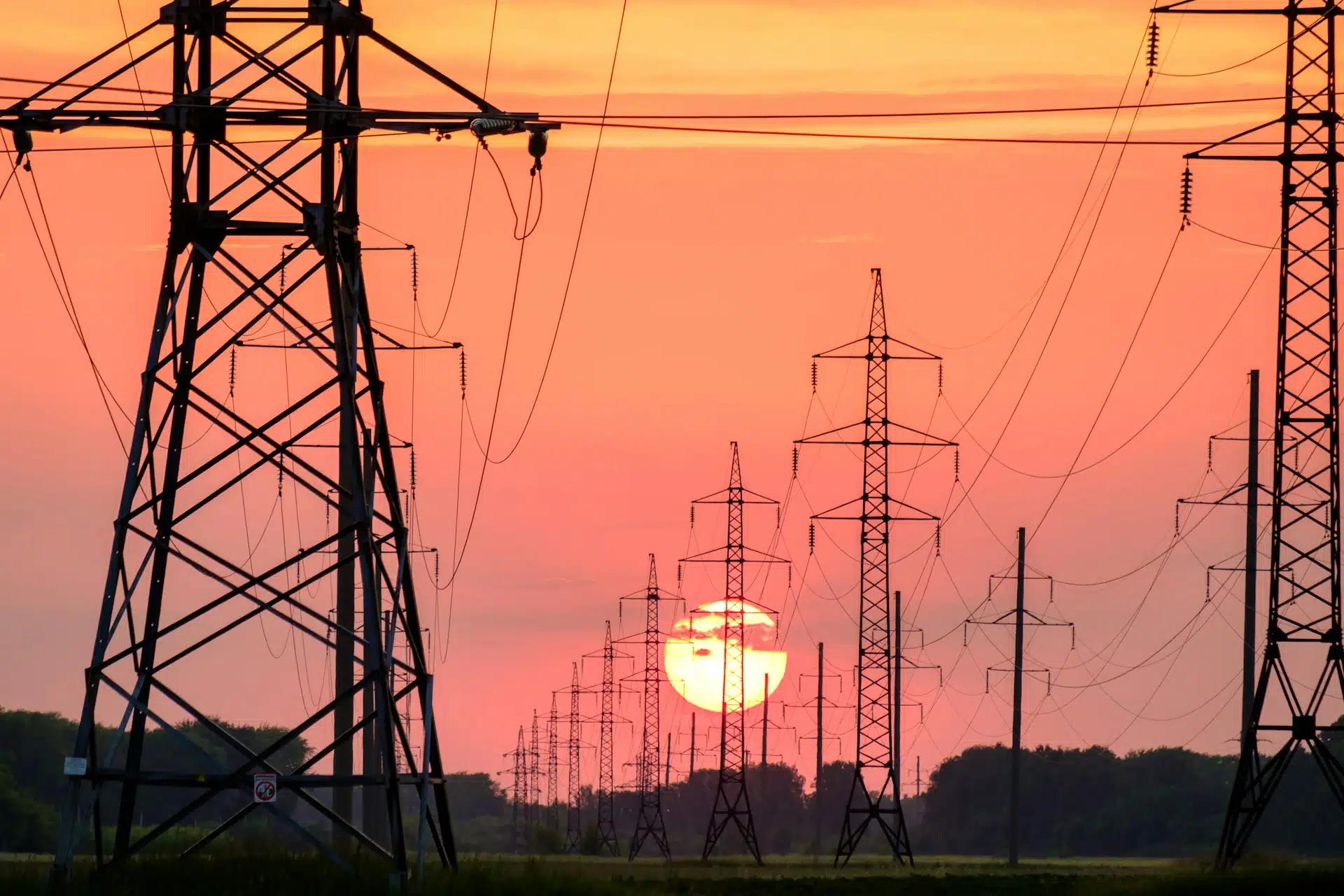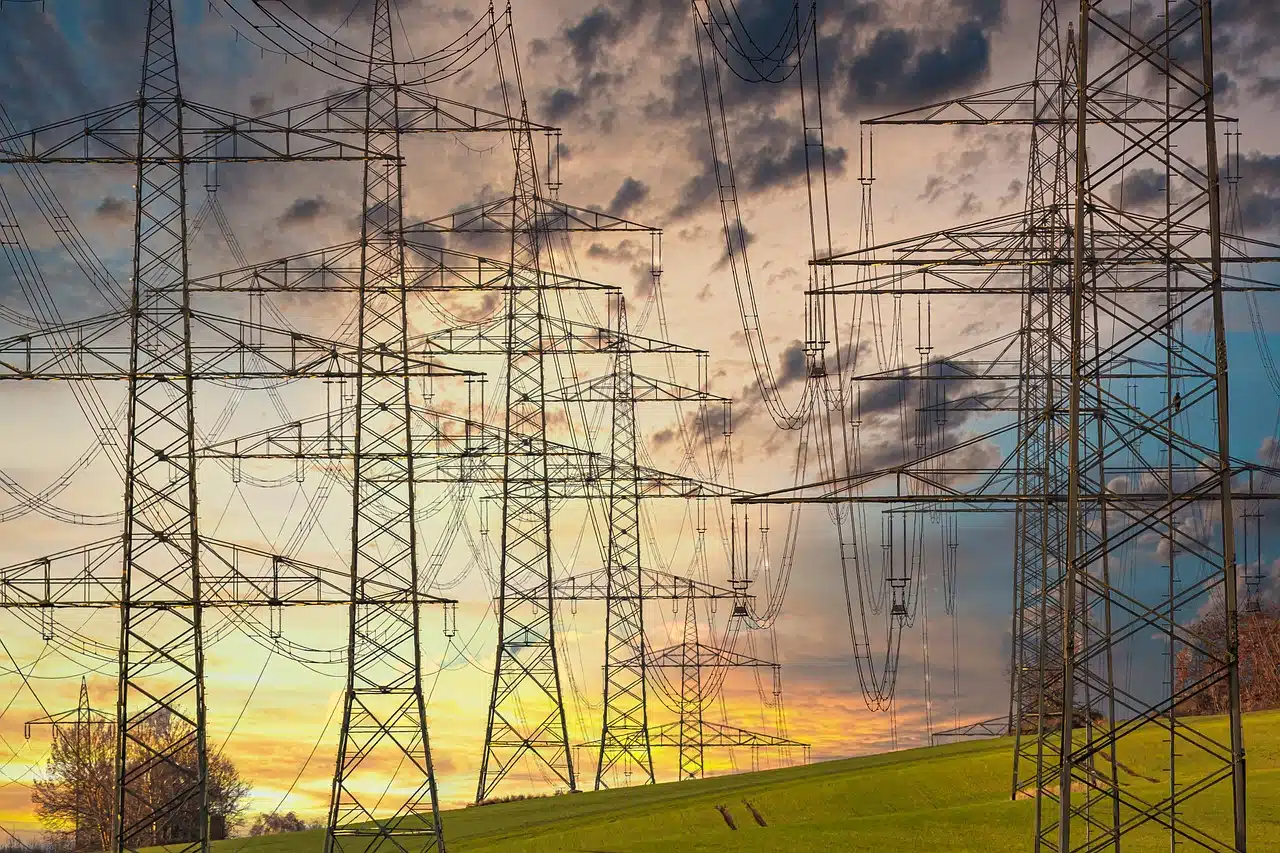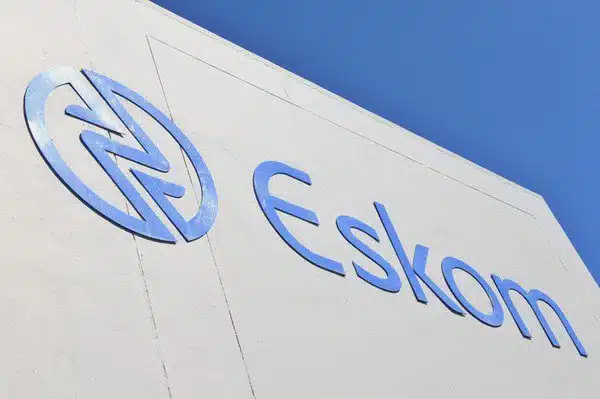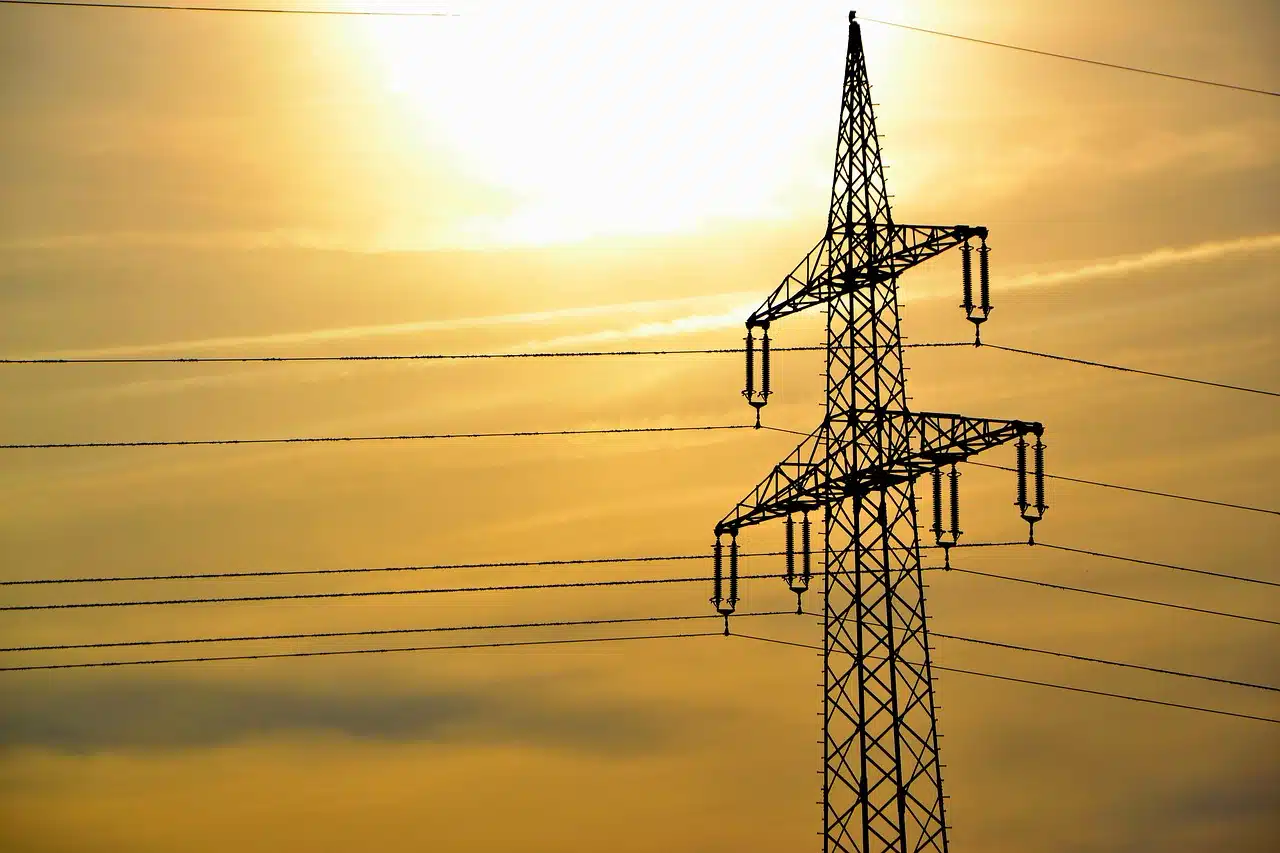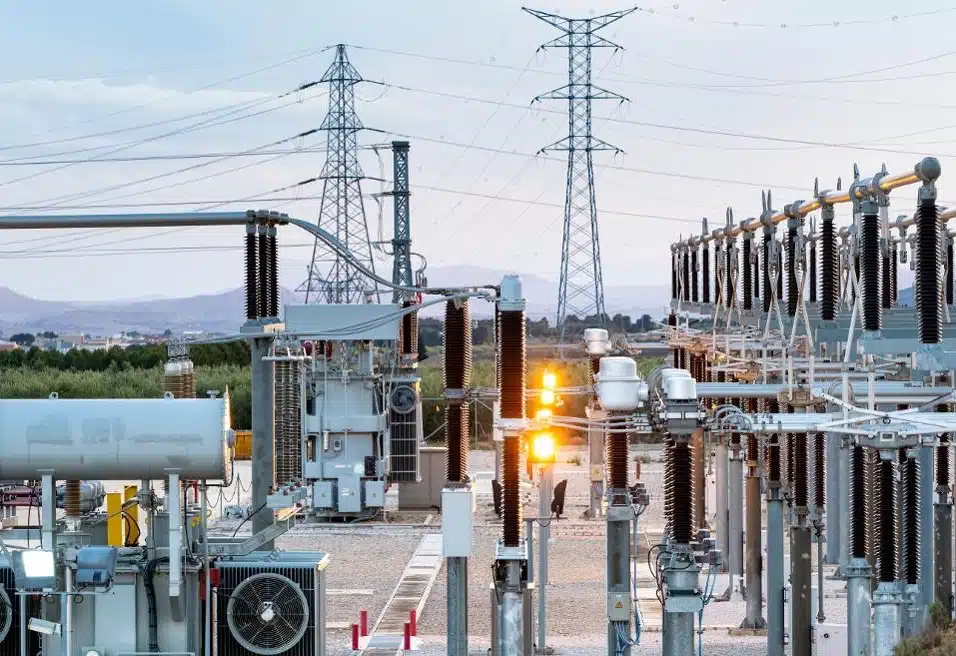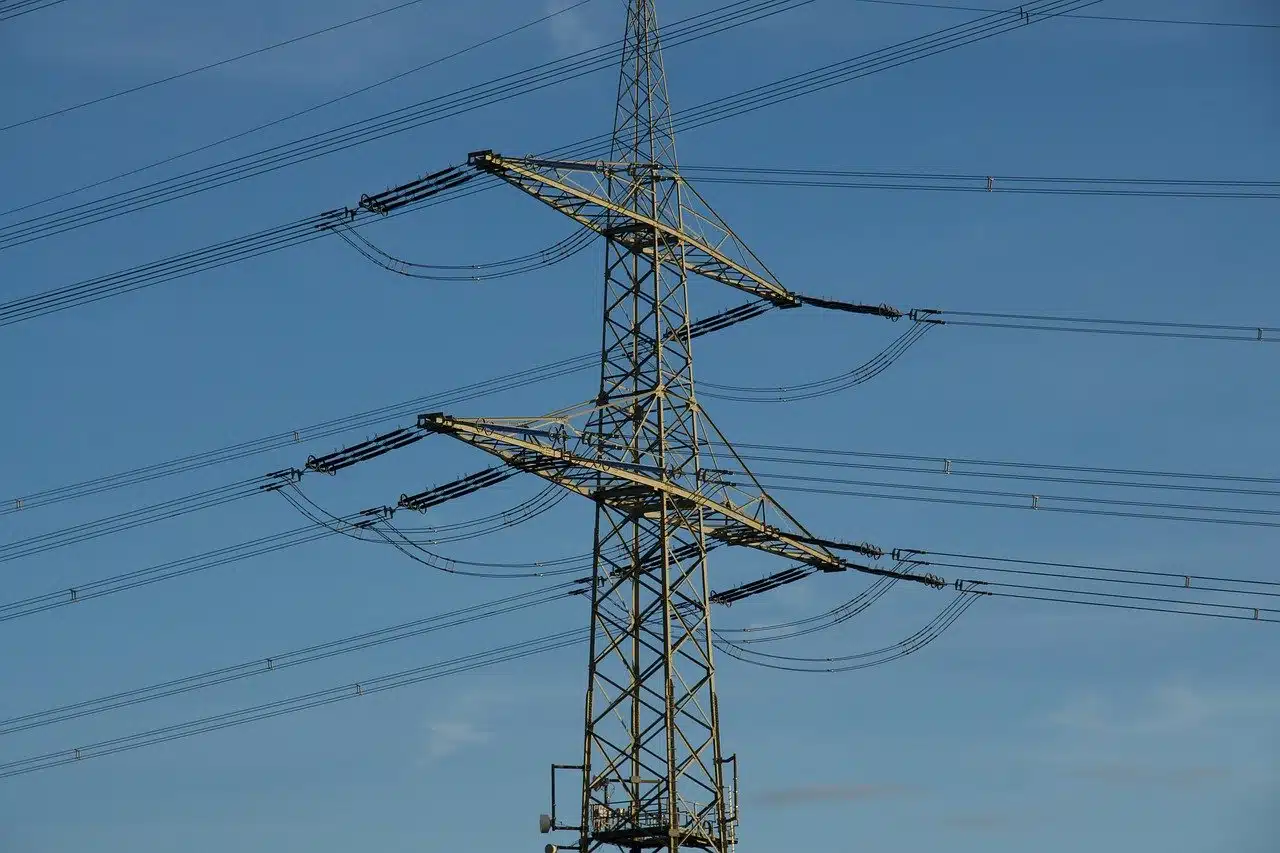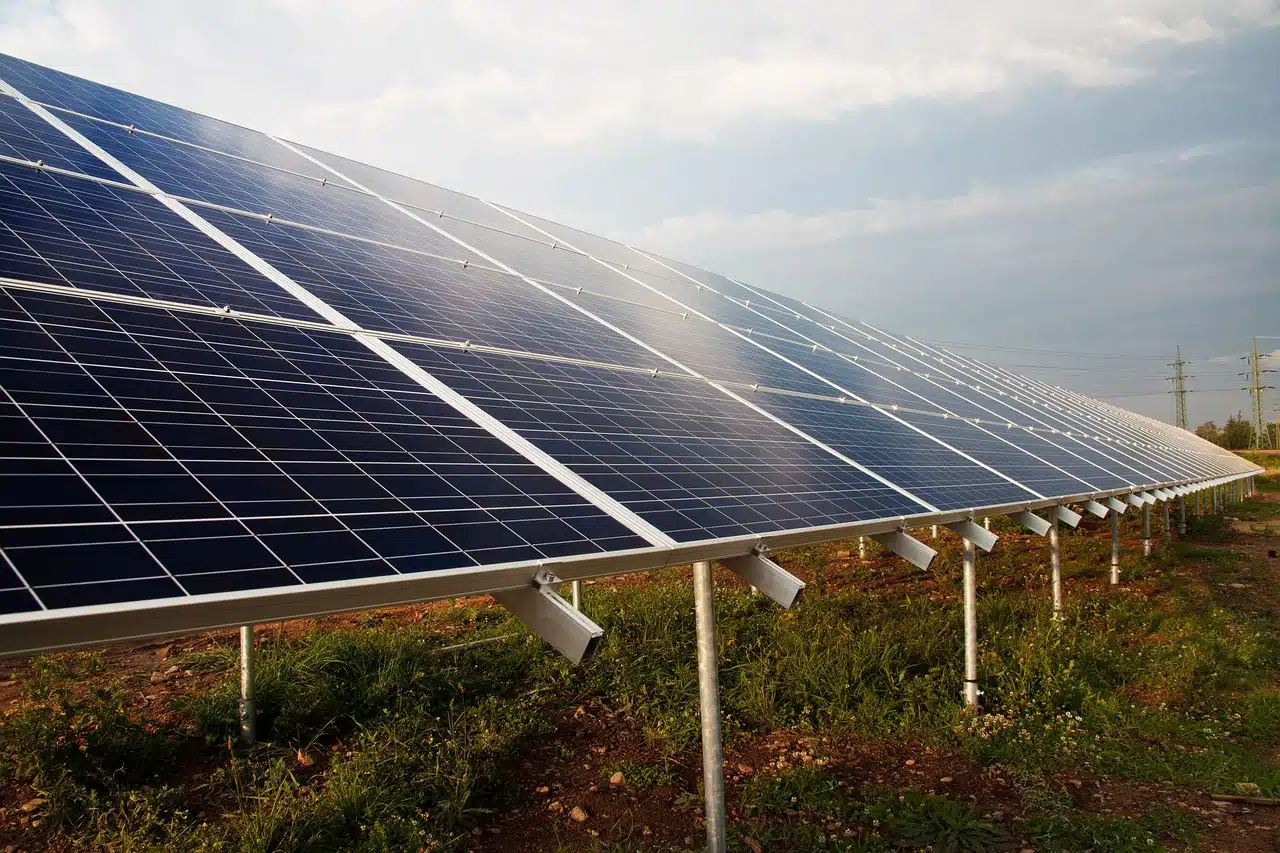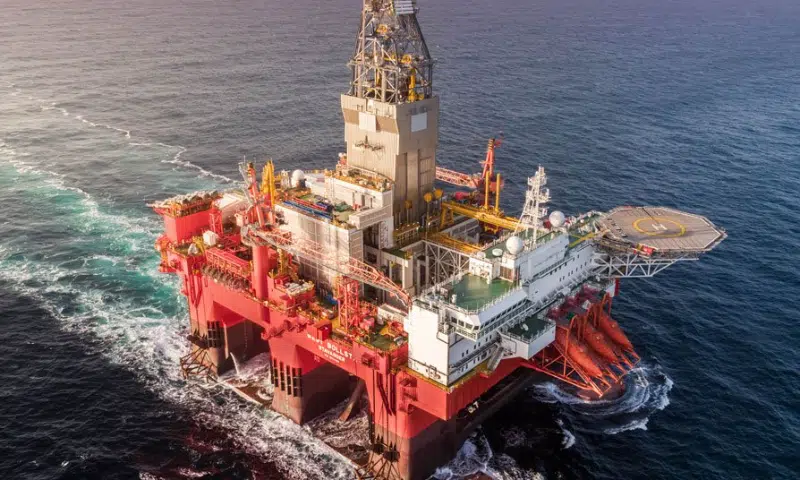Nigeria’s President Bola Ahmed Tinubu approved the long-awaited National Integrated Electricity Policy, first submitted in December 2024.
The policy is designed to transform Nigeria’s power sector by attracting $122.2 billion in investments over 21 years (2024–2045), the West African country said in a statement.
This policy aligns with Section 3(3) of the Electricity Act 2023 and aims to diversify energy sources, reduce reliance on the national grid, and enhance sector stability.
The Federal Executive Council’s approval addresses Nigeria’s chronic electricity challenges, with implementation already underway, as confirmed by Minister of Power Adebayo Adelabu.
Nigeria’s energy diversification plans
The policy targets energy diversification by integrating renewable sources like solar photovoltaic, wind, and bioenergy, alongside hydrogen, nuclear, and gas projects with carbon capture technologies.
Nigeria relies heavily on hydropower and gas-fired thermal plants, which struggle to meet demand due to aging infrastructure.
Another challenge is evacuating available generation capacity, necessitating targeted investments in grid stabilization and network upgrades.
“The roadmap policy addresses critical challenges in Nigeria’s electricity sector through a comprehensive framework for sector transformation with clear guidelines for sustainable power generation, transmission, distribution, as well as integration of renewable energy sources, its promotion, energy efficiency, and enhancement of sector governance,” said Adebayo Adelabu, Minister of Power.
In March 2025, Nigeria signed a $200 million deal to boost rural electricity with mini grids to provide reliable electricity to millions of people in rural communities and areas surrounding urban centers.
Leveraging international partnerships to attract investment
Moreover, Nigeria’s energy diversification plans could rely heavily on international development partners.
At the Mission 300 Africa Energy Summit in Dar es Salaam, Tanzania, on January 28, 2025, Tinubu called attention to the commitments from the African Development Bank (AfDB) and the World Bank.
He acknowledged the AfDB’s $1.1 billion investment, expected to provide electricity to 5 million people by the end of 2026, and the World Bank’s $750 million support for expanding distributed energy access.
Additionally, the AfDB plans to invest $700 million in the Nigeria Desert to Power program and $500 million in the Nigeria-Grid Battery Energy Storage System, targeting an additional 2 million people.
What the $122 billion investment means for Nigeria’s electricity sector
The $122.2 billion investment plan is expected to catalyze private-sector participation and ensure energy diversification from the current electricity sources of hydropower and gas-fired thermal plants.
The investment plan is said to drive significant socio-economic benefits.
Reliable electricity is essential for industrial growth, job creation, and digital inclusion, all of which are critical to Nigeria’s economic development.
Additionally, the policy supports Nigeria’s Energy Transition Plan, targeting net-zero emissions by 2060.
These efforts also align with the Mission 300 Initiative, aiming to electrify 300 million Africans by 2030.
However, the scale of the investment raises questions about funding mechanisms and execution. For instance, the rural electrification in Nigeria still falls behind despite millions in funding.
Nigeria’s history of infrastructure projects marred by delays and mismanagement necessitates robust oversight.
The policy’s success will depend on transparent allocation of funds, effective collaboration with private investors, and adherence to timelines.

